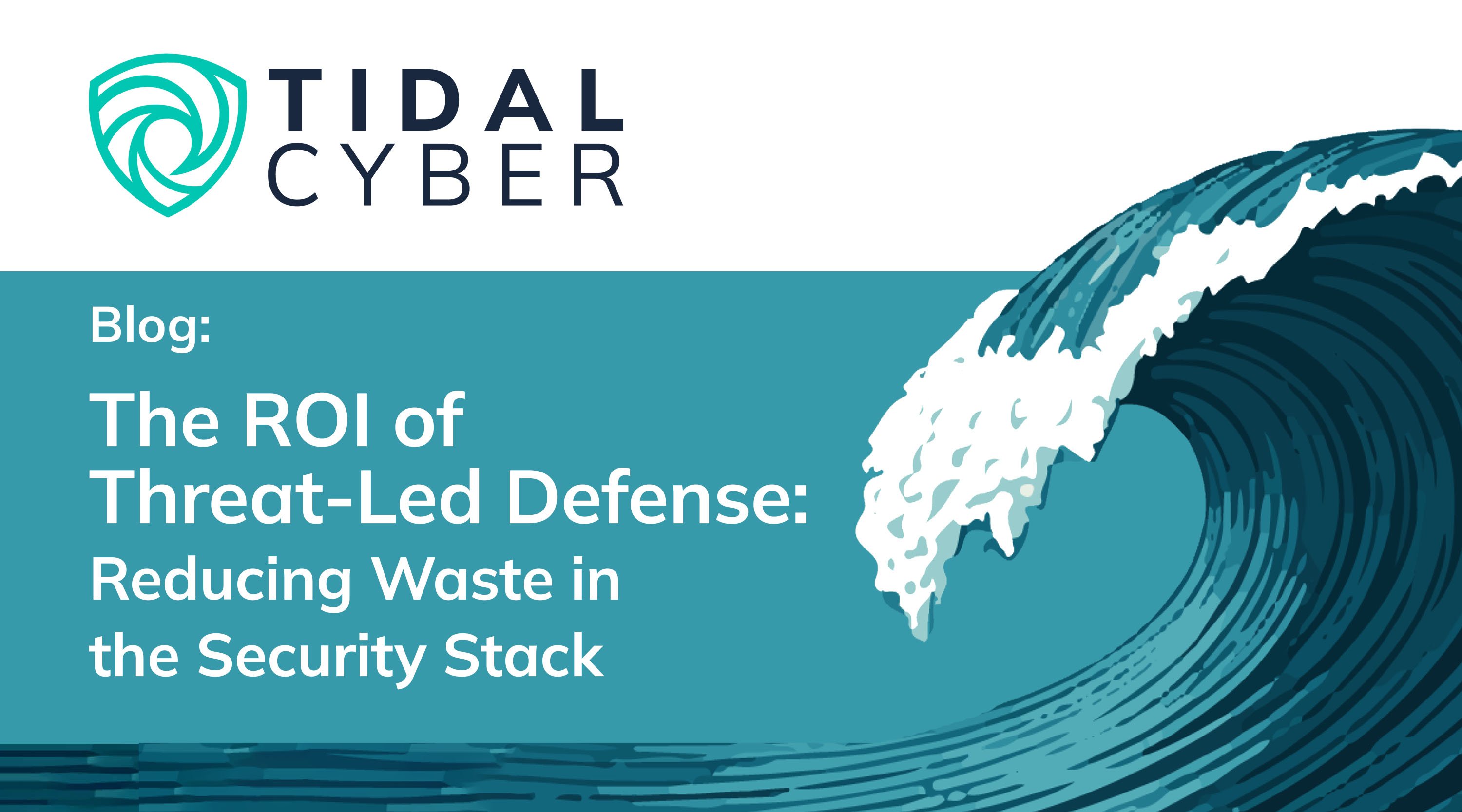Security gaps are not the only serious issue CISOs must address. Security overlaps can also cause problems of their own. These overlaps are commonly overlooked, yet they increase operating costs, contribute to alert fatigue, and generate false confidence in coverage.
Multiple tools often monitor the same behavior, correlate the same events, or trigger on identical indicators. Yet each one requires its own tuning, maintenance, and reporting. A SIEM, an XDR, and a SOAR solution may all ingest and act on the same telemetry while demanding separate licensing, storage, and analyst time.
On paper, this looks like “defense in-depth”. In practice, it often reduces to a stack of partially integrated tools that duplicate effort without improving real-world security outcomes. That’s because security architects base their decisions on what each vendor says its tool can do. This function-based approach makes it easy to end up with similar tools that claim to do different things.
Redundant Defenses Cost Money
When three employees do a job that could have been done by one person, stakeholders complain about overstaffing. In cybersecurity, the need for comprehensive coverage makes it easy to overlook this kind of inefficiency.
This would be perfectly acceptable if redundant tools actually improved security event outcomes. But that only happens when every tool is optimally integrated and appropriately configured for the unique demands of the environment it operates in. In the reality of an enterprise SOC, these redundancies can drag down performance.
Each tool comes with its own licensing costs, infrastructure footprint, and maintenance burden. These factors inflate operating costs and increase analyst workloads that may not be worth the investment in comparison to the rest of the tech stack.
Budget impact compounds quickly. Redundant coverage in high-volume telemetry sources such as EDR and NDR tools can inflate data ingestion costs significantly, while overlapping controls in endpoint and identity protection can double licensing spend for the same techniques. Add analyst time required to triage duplicate alerts, maintain integrations, and reconcile reports across tools, and it’s easy to arrive in a situation where must-have budget requests get delayed or denied simply because the investment spent has not reduced risk in any significant way.
Why Security Stacks Drift Toward Redundancy
The typical security stack is built to defend against potential attacks and patch for vulnerabilities before adversaries can exploit them. It isn’t built around the TTPs that adversaries actually use to achieve their objectives.
Procedures are especially important here because they align with frameworks like ATT&CK, enabling security teams to map their defenses to procedural intelligence and adversary behaviors. Otherwise, defenses map to CVEs or IOCs without additional context.
Without procedure-level insight, security teams can’t prioritize defense against the threats that matter most. The traditional approach to security architecture focuses on evaluating solutions by feature category rather than by how each one defends against specific TTPs.
An EDR covers endpoints, an NDR covers networks, a SIEM centralizes telemetry, and a SOAR automates response. On paper, that looks like complete coverage. In practice, it often means multiple tools monitoring the same behaviors with different logic, without context into one another’s limitations.
This function-first mindset is reinforced by how most organizations budget and report. Procurement cycles focus on visible additions to the stack, not demonstrated defensive overlap. Compliance frameworks encourage coverage to meet regulatory standards as outlined in that specific regulation. When board metrics emphasize tool count, license utilization, or “percent coverage,” vs. investment spend and ROI, security leaders can’t make a clear argument about which tools reflect justified expenses and which ones are redundant.
Starting with adversary behavior instead of defenses that simply reduce risk based on CVE count or CVSS scores allows architects to design and tune defenses around what attackers actually do, not just what products are supposed to do. That shift turns overlapping tools into complementary ones and replaces redundant spend with measurable resilience.
Threat Alignment Enriches Tool Stack Reviews
Traditional stack reviews focus on performance metrics and vanity metrics and dashboards. They describe how tools integrate, automate, or consolidate workflows. But these reviews rarely ask the most important question: Can my defenses defend against the latest threat and adversary behavior?
Without that adversary lens, optimization efforts tend to shuffle costs instead of reducing them. A redundant SIEM feed is replaced with another correlation layer. A new EDR adds visibility to part of the kill chain that threat actors are not known to target. This can create the illusion of progress without truly improving security performance.
Threat-Led Defense changes the basis of evaluation from CVE count to threat coverage. Although this is a great foundation, by mapping every control, detection, and integration to real-world TTPs, security leaders can visualize how each investment contributes to measurable defense outcomes.
For CISOs, that visibility reframes the conversation with the board from “how many tools do we own?” to “which threats can we stop, and what is our residual risk reduction?”
It’s a measurable, defensible approach to efficiency, one that links every dollar spent to validated controls against known adversaries and the techniques they are using.
Reduce Waste with Threat-Led Defense
Tidal Cyber’s Threat-Led Defense Platform gives security leaders a unified, threat-led view of their entire stack. Instead of relying on tool categories or vendor claims, Tidal Cyber ensures your stack can defend against TTPs and real-world adversary behavior so you know exactly what threats you can stop, and where exposures remain.
Consolidating redundant coverage is an immediate cost saving opportunity for enterprise security teams:
- Eliminate Redundant Coverage: When multiple tools defend the same ATT&CK techniques, Tidal Cyber’s Coverage Maps expose overlapping spend that adds no new protection. This can help security leaders cut unnecessary tool purchases by 30% by demonstrating they meet TTP coverage requirements with their existing stack.
- Address Operational Inefficiencies: According to Forrester TEI reports, duplicate detections and parallel workflows consume valuable analyst hours. Automating correlation and mapping detections to relevant TTPs cuts investigation effort by up to 40% while doubling the speed of identifying high-value threats.
- Reinvest Strategically: Measuring coverage by adversary behavior lets leaders redirect budget toward real-world threats and control validation. The result is cost rationalization spending that scales with threat relevance instead of tool count.
In Closing
Tidal Cyber is the first true Threat-Led Defense platform built to flip the traditional defensive model by putting real adversary behavior at the center of your defense strategy.
By mapping techniques, sub-techniques, and procedures to ATT&CK, we reveal exactly where you’re exposed and how attackers actually operate. It’s a level of precision you’ve never had before, empowering your security team to proactively reduce risk and optimize high-impact security investments.
Threat-Led Defense is Tidal Cyber’s unique implementation of Threat-Informed Defense, enhanced with procedure-level granularity to make CTI more relevant and actionable.


